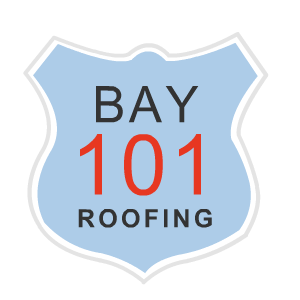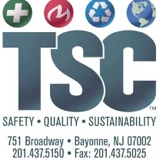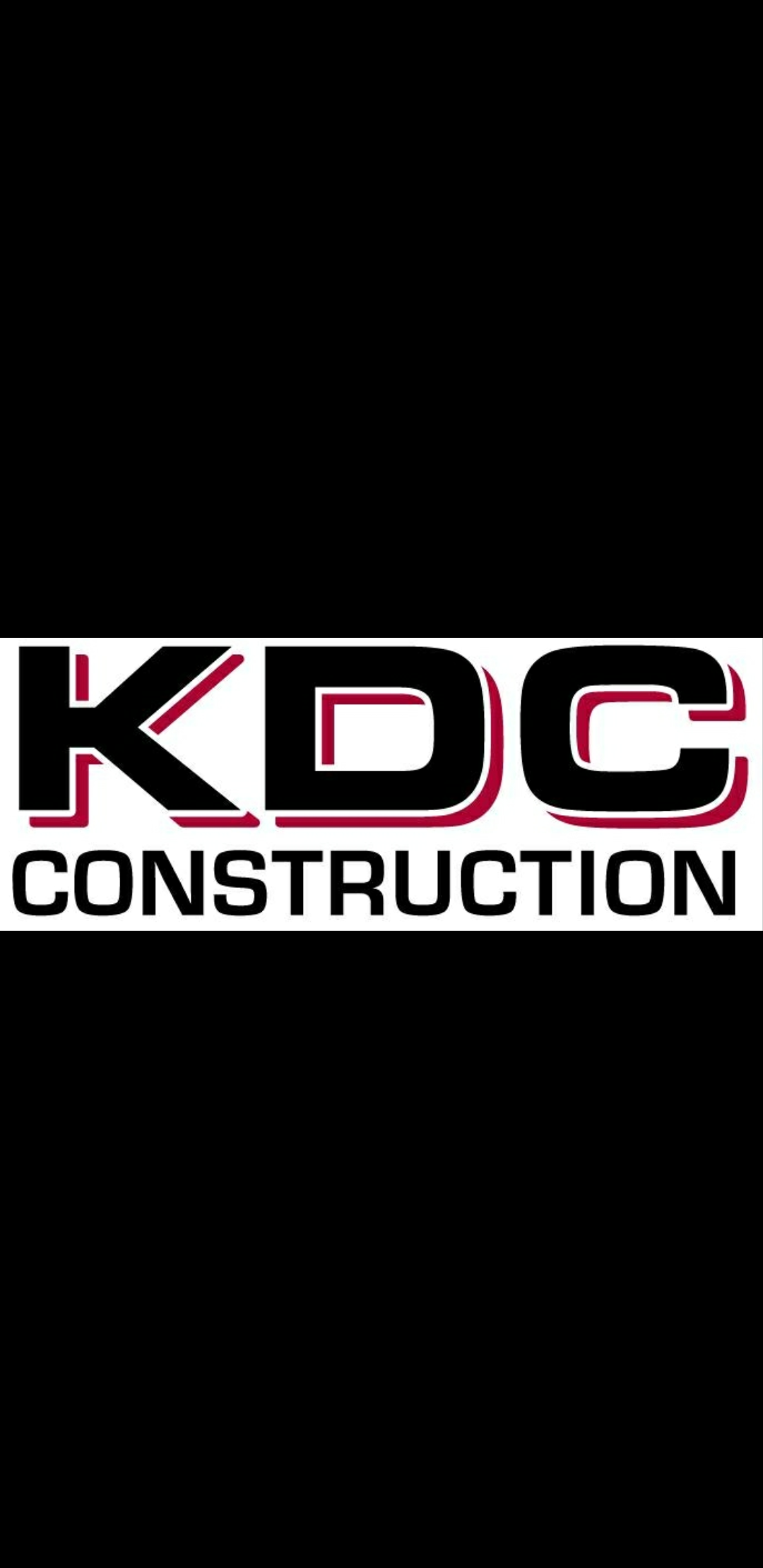Title Page
-
Conducted on
-
Prepared by
-
Location
Fall Protection
29 CFR 1926.501(b)(4)(i)
-
If employee is working on surface 6 feet or higher, do they have a personal fall arrest system to protect them from falling through a hole?
29 CFR 1926.501(b)(8)(ii)
-
If employee is 6 feet or higher above dangerous equipment are they protected by guardrail systems, personal fall arrest systems, or safety net systems?
29 CFR 1926.501(c)(3)
-
Are all areas in which objects could fall barricaded?
Scaffolding
29 CFR 1926.451(a)(5)
-
Does the staff load on a scaffold hoist exceed 3 times its rated load?
29 CFR 1926.451(d)(3)(iii)
-
Are there any items that are not specifically designed as counterweights being used to counterweight a scaffold system?
29 CFR 1926.451(d)(7)
-
Is there repaired wire rope being used in the place of suspension rope?
Ladders
29 CFR 1926.1053(a)(7)
-
Are there any ladders that are tied or fastened together to provide longer sections?
29 CFR 1926.1053(b)(13)
-
Are any employees using the top or top step of a stepladder?
29 CFR 1926.1053(b)(22)
-
Is an employee carrying any type of object or load while using a ladder?
Eye and Face Protection
29 CFR 1926.102(a)(2)
-
Are all employees dealing with a potential hazard from flying objects using eye protection that provides side protection?
29 CFR 1926.102(a)(5)(v)
-
Are the protectors provided to employees capable of being disinfected?
29 CFR 1926.102(c)(1)
-
Is welder using eye protection that is rated properly according to shade numbers that they will be exposed to?
Powered Industrial Trucks
29 CFR 1926.602(c)(1)(i)
-
Is the rated capacity clearly posted on lift trucks, stackers, etc., so that the operator can clearly see it?
29 CFR 1926.602(c)(1)(vii)
-
Is there any unauthorized personnel permitted to ride on powered industrial trucks?
29 CFR 1926.602(c)(1)(viii)(A)
-
Are all safety platforms firmly secured to the lifting carriage and/or forks?
Fall Protection Training
29 CFR 1926.503(a)(2)(i)
-
Has each employee been trained by a competent person regarding the nature of fall hazards in the work area?
29 CFR 1926.503(b)(1)
-
Does the employer have a written certification record containing the name of the employee trained, including the date(s) of the training, and the signature of the person who conducted the training or the signature of the employer?
29 CFR 1926.503(c)(2)
-
Has the employee received retraining due to changes in the types of fall protection systems?
Requirements for Protective Systems
29 CFR 1926.652(a)(2)
-
Do all protective systems have the capacity to resist without failure all loads that are intended or could reasonably be expected to be applied or transmitted to the system?
29 CFR 1926.652(b)(4)(ii)(B)
-
Are approved designs regarding the configurations that were determined to be safe for the particular project in written form?
29 CFR 1926.652(d)(1)
-
Are all of the materials and equipment being used for protective systems free from damage or defects that could impair their proper function?
Respiratory Protection
29 CFR 1910.134(c)(1)(ii) ; 29 CFR 1926.103
-
Have employees had medical evaluations before using respirator?
29 CFR 1910.134(c)(4) ; 29 CFR 1926.103
-
Are respirators, training, and medical evaluations all provided for the employee at no cost?
29 CFR 1910.134(l)(2)(iii) ; 29 CFR 1926.103
-
Has the employer ensured that the proper respirator is being used under the workplace conditions that the employee encounters?
Electrical (General Requirements)
29 CFR 1926.416(a)(1)
-
Are any employees working in a proximity to any part of an electric power circuit that they could contact said power circuit? If yes, are they protected against electric shock?
29 CFR 1926.416(d)
-
If fuses are being installed or removed with one or both terminals energized, are there special tools insulated for the voltage being used?
29 CFR 1926.416(e)(1)
-
Are any electric cords or cables that are worn or frayed being used?
Signs, Signals, and Barricades
29 CFR 1926.200(b)(2)
-
Do danger signs have red as the predominating color for the upper panel with black as the outline on the borders and a white lower panel for additional sign wording?
29 CFR 1926.200(c)(2)
-
Do caution signs have yellow as the predominating color with black upper panel and borders; yellow lettering of "caution" on the black panel; and the lower yellow panel for additional sign working? As well as black lettering for additional wording?
29 CFR 1926.200(g)(1)
-
Are points of hazard posted with legible traffic control signs and protected by traffic control devices?














